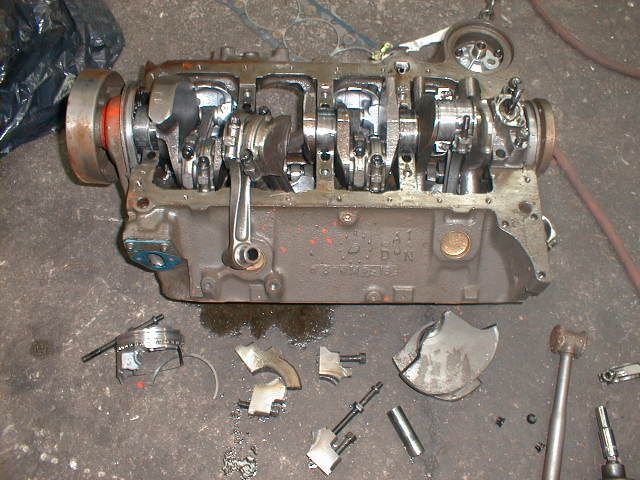a couple of comments

the bolt torque is critical to keeping the bore of the rod end "round"
i doubt that the original builders used anything other than empirical evidence to come to that torque spec. but,, that was what the rod bolts were torqued to before the bore was sized/honed. Should you decide on a bolt stretch method you have no assurance that the rod end bore will be round when you are done.
you are not going to have any issues with grade 8 bolts provided they are american and not of some unknown quality/conterfeit crap.
also one needs to bear in mind that there is little stretch forces imparted on an old tractor diesel because the vast majority of the force on the rod is from compression and ignition and very little force actually pulling the piston down which would pull on the bolts.
tractors usually don't rely on the engine for brakeing coming down a mountain pass like an automotive application would. also the rpms envolved are but a fraction of what is seen in automotive applications.



 I love the twisted rod though.
I love the twisted rod though.